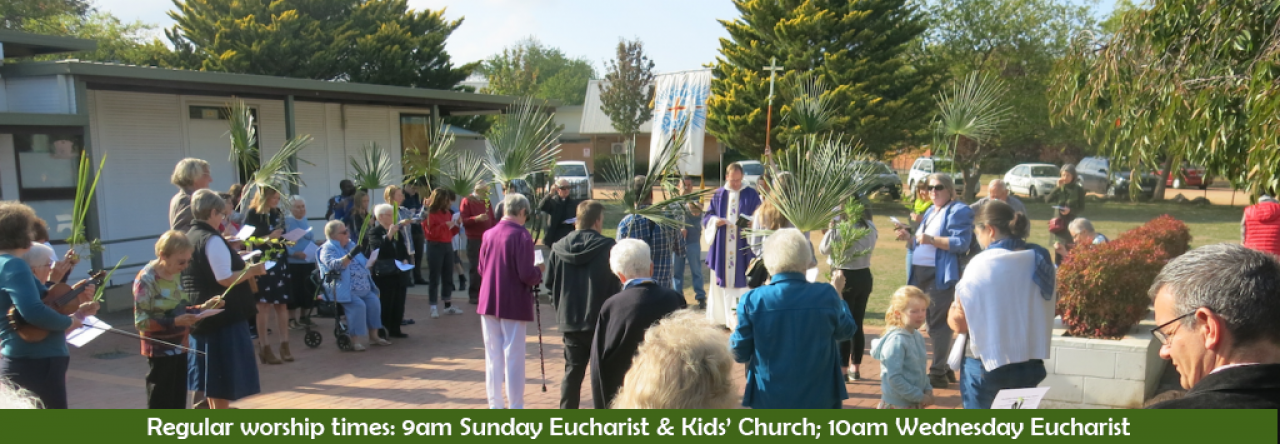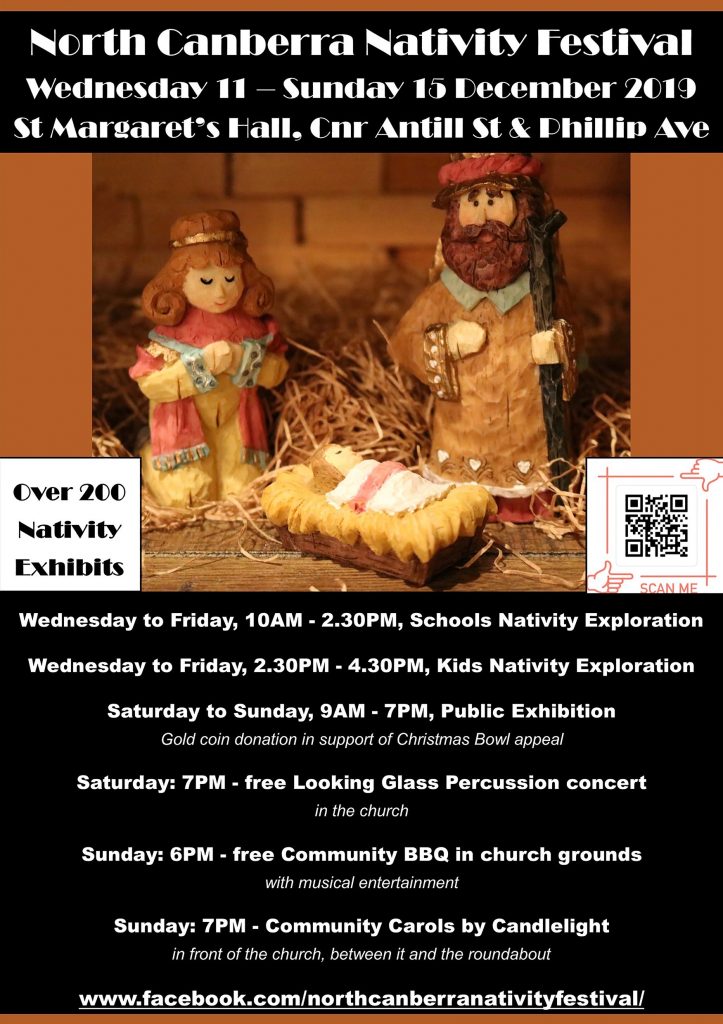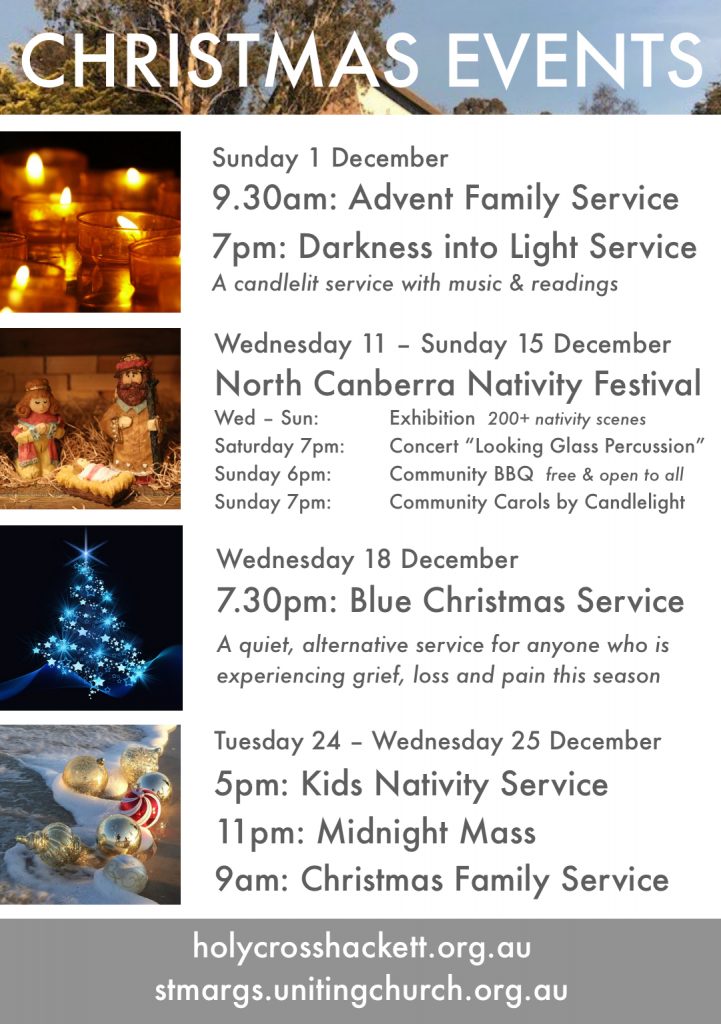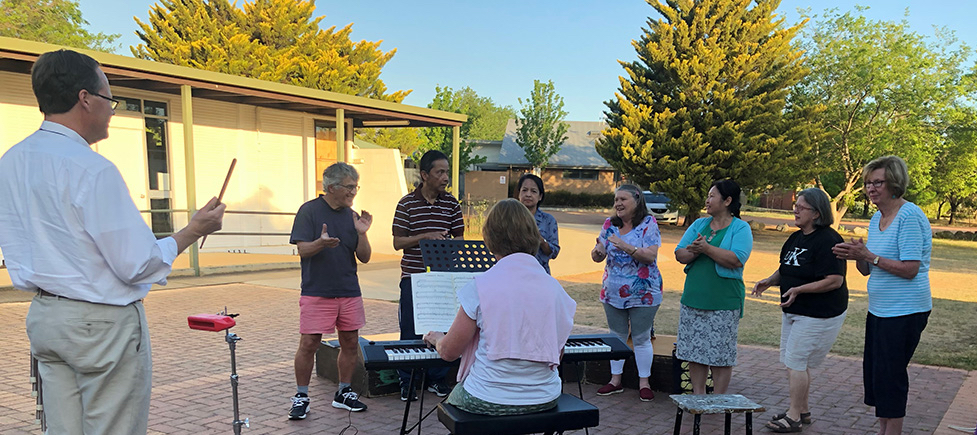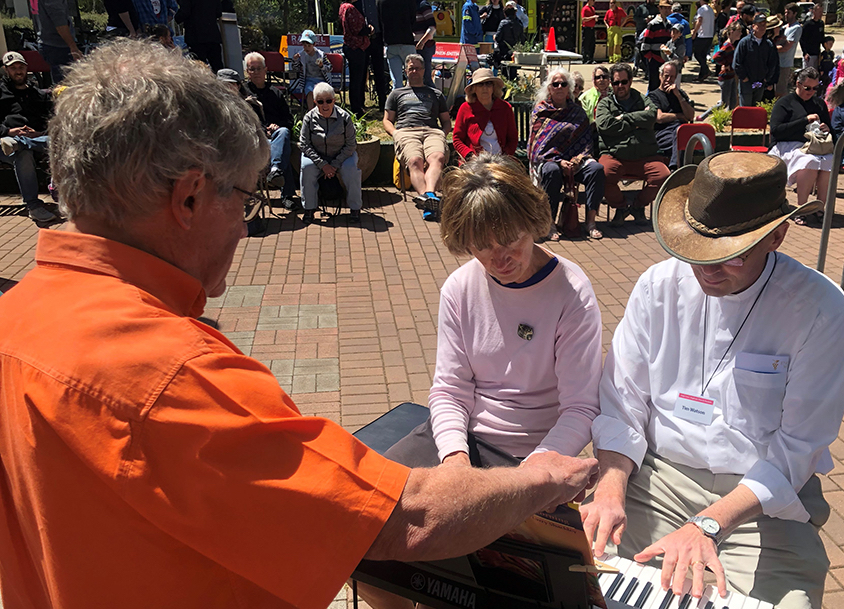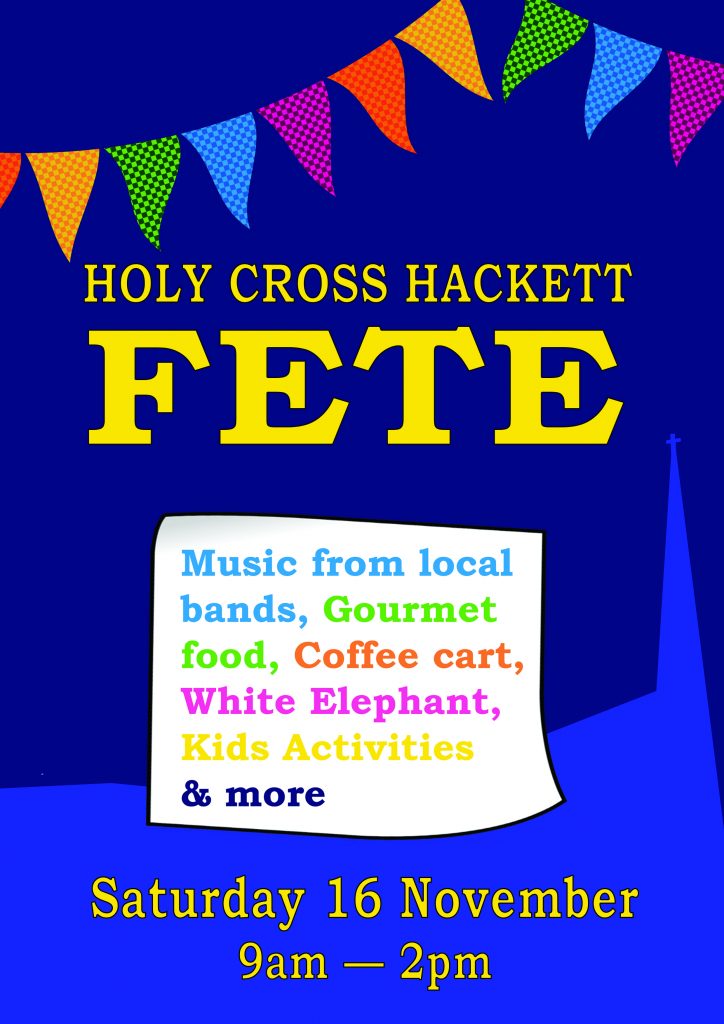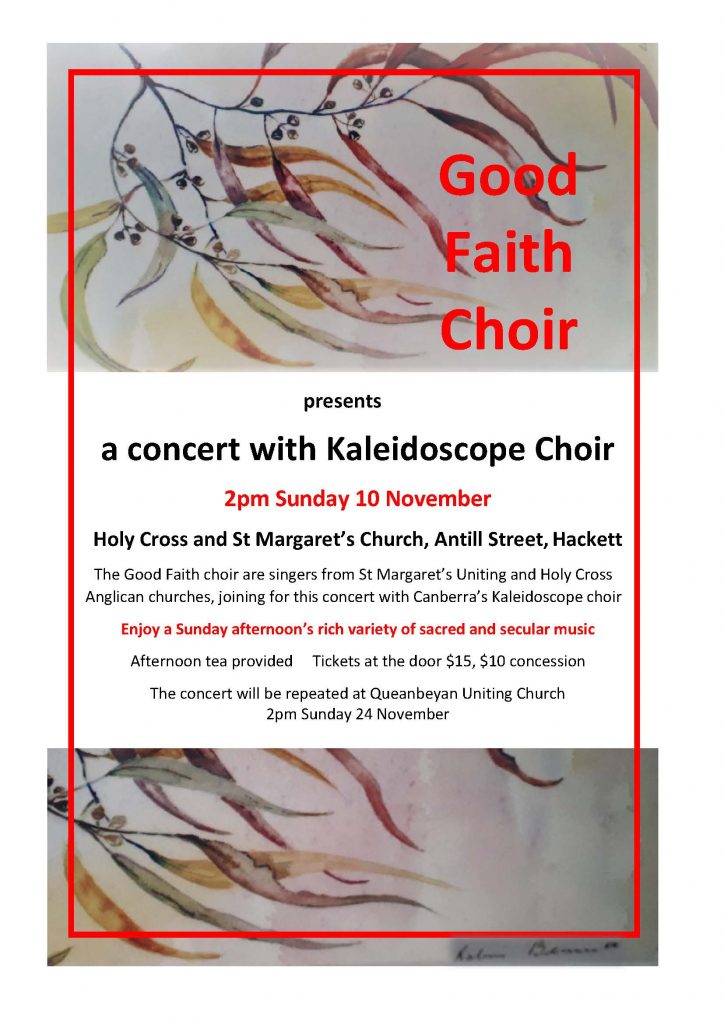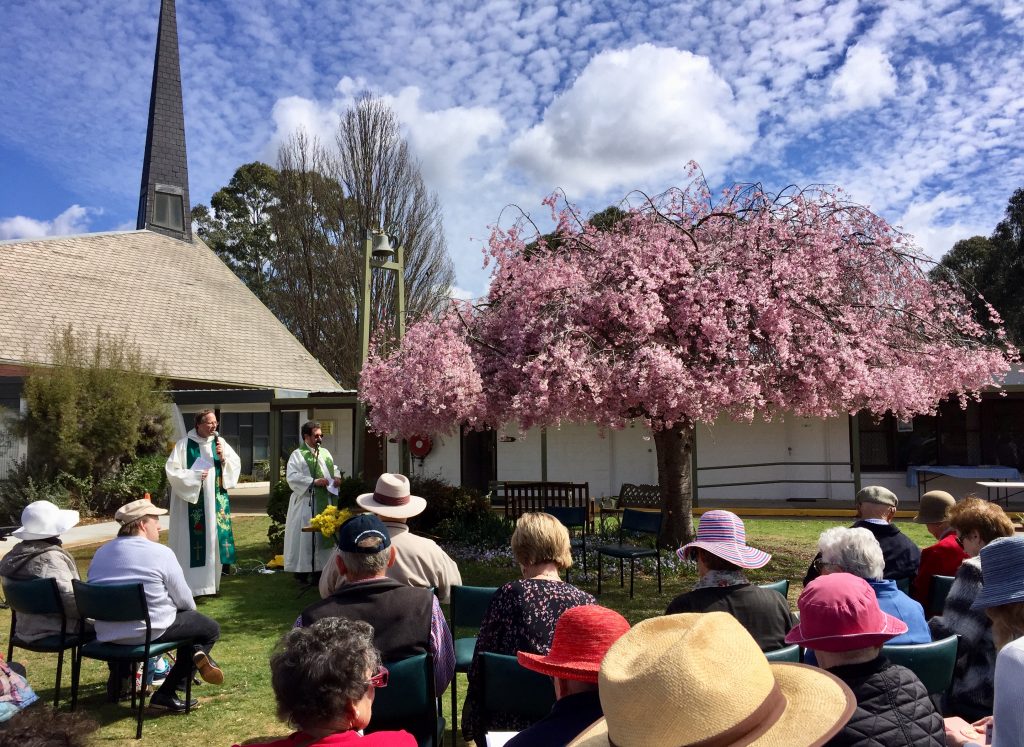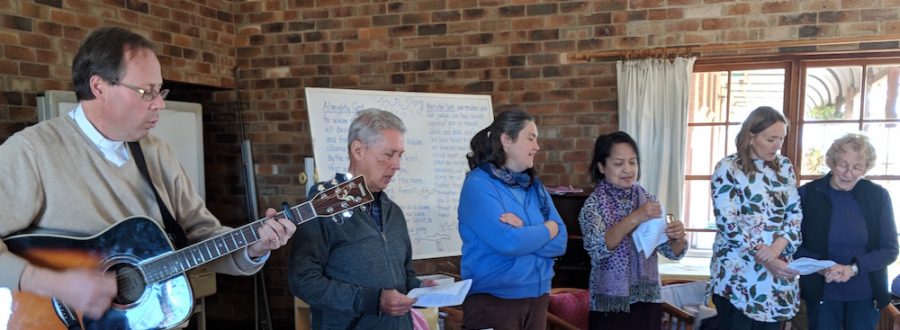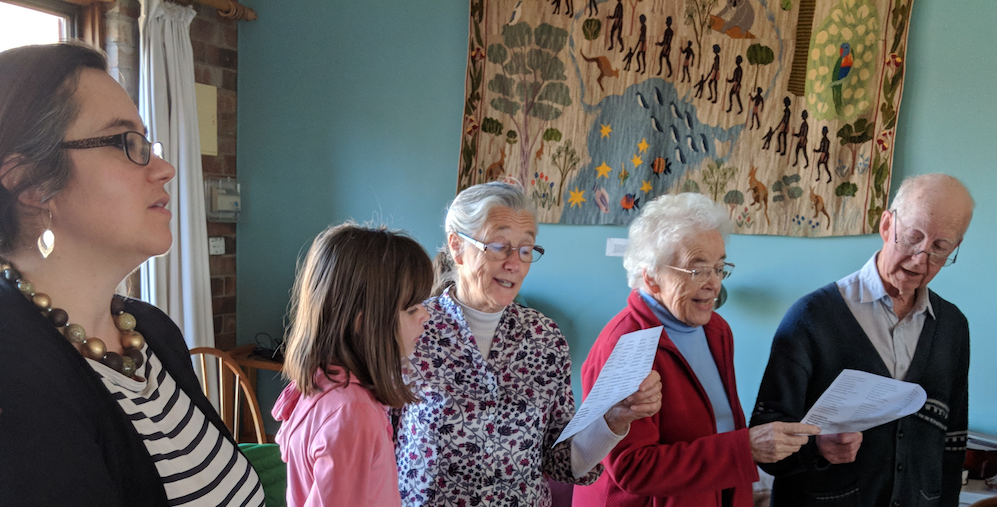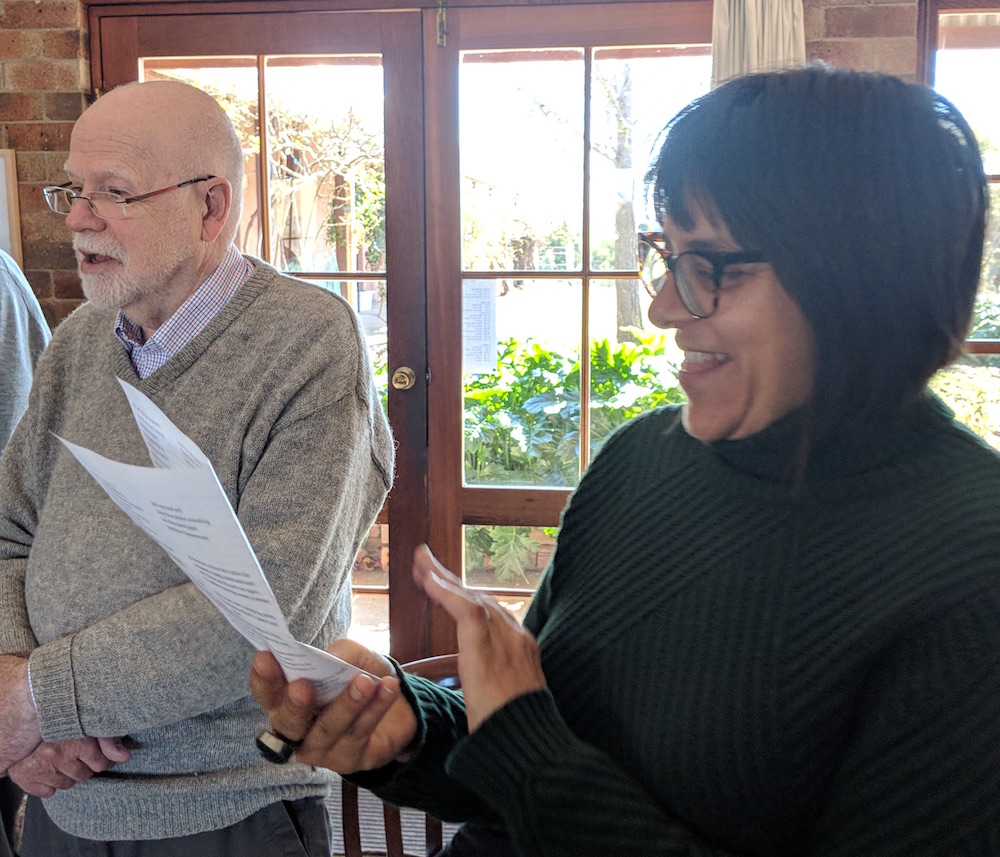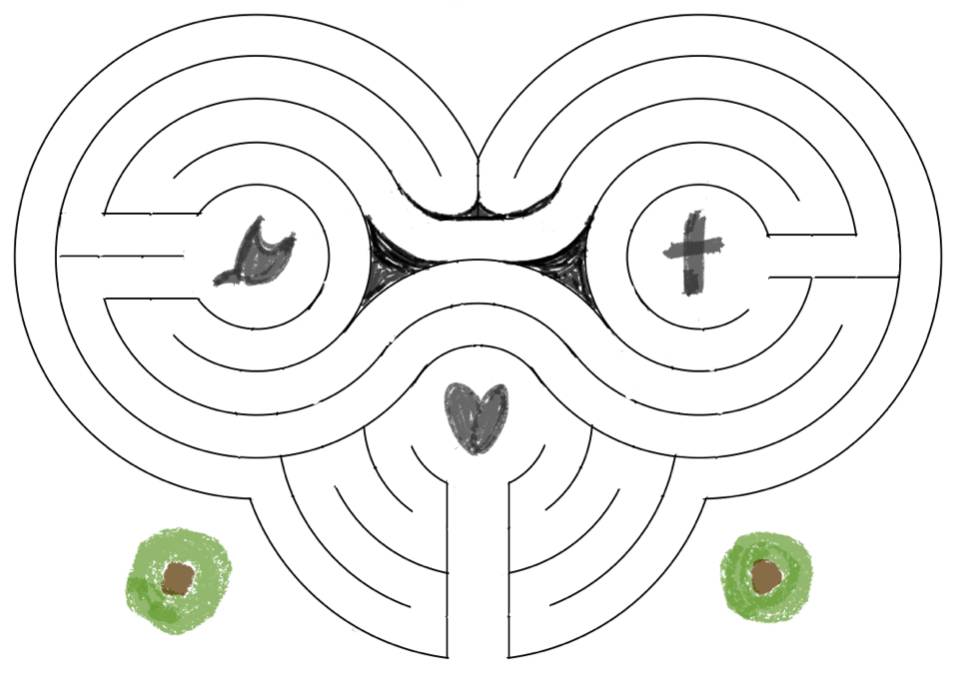Lent is fast approaching – it’s a season when all of us are called to set aside time (through prayer, fellowship, and study) to draw closer to Jesus. Here are some of the Lent activities that you are welcome to take part in over the coming weeks.
Lent Groups
– We are joining with friends from other local churches to study the Archbishop of Canterbury’s Lent book “Saying Yes to Life”, by eco-theologian Ruth Valerio: https://spckpublishing.co.uk/saying-yes-to-life Groups meet on Monday eve, Tuesday eve, and Wednesday lunchtime. Email the Rector if you want to sign up.
– Chris Lockley from St Margaret’s is leading a Lent course looking at Celtic Spirituality, meeting on Thursdays at 1.30pm.
Events and services
Tue 25 Feb, 5.30-7pm: Shrove Tuesday Pancake Party in the Annex
– All welcome, especially families with children!
Wed 26 Feb, 10am and 6pm: Ash Wednesday Eucharist
– A solemn and beautiful service with imposition of ashes, to mark the entry into Lent
Sun 1 Mar, 9.30am and 11am: Joint Service with St Margaret’s and Launch of Carbon Action Project
– A very significant initiative in the life of both our churches, enabling us all to practice what we preach as stewards of God’s good creation.
Tues 10 Mar, 10am-3pm: Lent Quiet Day in the Annex
– Led by Rev Joan Smith
For more information on any of these, please email the Rector.
